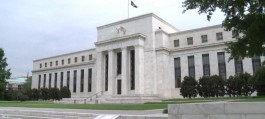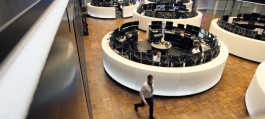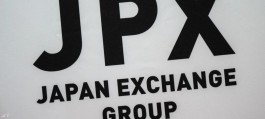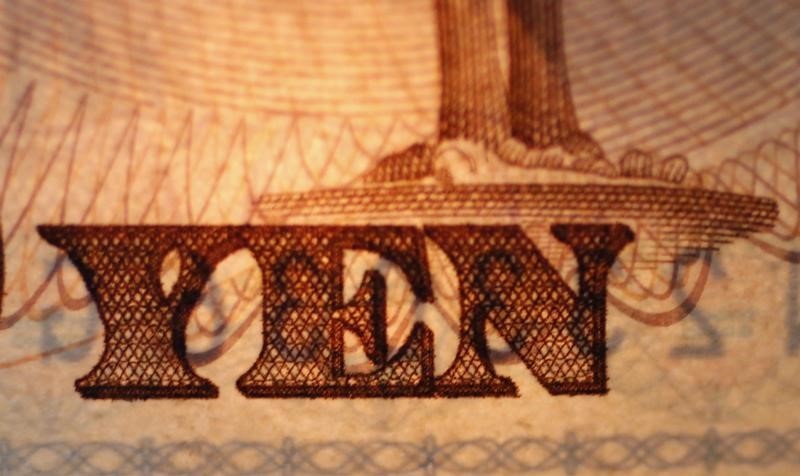The Japanese yen fell in the Asian market on Tuesday against a basket of major and minor currencies, giving up its highest level in 14 months against the US dollar, and is about to suffer its first loss in the last six days, due to the activity of correction operations and profit taking.
Expectations and consensus are currently stable that there will be no change in monetary policy tools at this week's Bank of Japan meeting, with a strong possibility of a third hike in Japanese interest rates in December.
The Federal Reserve will begin its highly anticipated and important monetary policy meeting in the United States later today, which is expected to witness the first cut in US interest rates in four years, amid currently high odds of a 50 basis point cut.
Price view: Japanese yen exchange rate today: The dollar rose against the yen by 0.45% to (141.24¥), from the opening price of today’s trading at (140.61¥), and recorded a low of (140.32¥).
The Japanese yen ended Monday's trading up more than 0.1% against the US dollar, in its fifth consecutive daily gain, and recorded its highest level in 14 months at 139.58 yen, thanks to hopes of narrowing interest rate differentials between Japan and the United States.
The Bank of Japan will meet next Thursday and Friday to study the appropriate monetary policy for the developments of the world's third largest economy, where most monetary tools are expected to remain unchanged.
There is a consensus among 32 analysts polled by CNBC between September 2 and 13 that there will be a change at this week's Bank of Japan meeting.
According to this poll, about 19% of analysts expect the Japanese central bank to raise interest rates in October, while 25% expect the third increase in Japanese interest rates this year to be in December.
Bank of Japan Governor Kazuo Ueda said last month that the central bank will continue to raise interest rates if inflation remains on an upward trajectory, while closely monitoring financial market conditions.
“We believe the BOJ will be keen to move gradually and allow the full impact of the July rate hike to take effect,” said Jessica Hinds, director of the economics team at Fitch Ratings.
Richard Kay, Japan equity portfolio manager at Comgest, said it was highly unlikely the central bank would raise interest rates again this year, especially if the yen continued to rise.
The main factor that determines the yen is the price or yield gap with the United States, and the main actor in this is the Federal Reserve, and it seems that the US central bank is ready to cut interest rates. The Federal Reserve The Federal Reserve will start its very important and anticipated monetary policy meeting later today, and the decisions will be issued tomorrow, Wednesday. Expectations are stable about making the first cut in US interest rates since March 2020, when the Corona virus pandemic broke out.
According to the CME Group's FedWatch tool, the probability of a 50 basis point cut in US interest rates at this meeting is currently priced at 69%, and the probability of a 25 basis point cut is priced at 31%.
Interest Rate Differentials Investors have been selling the yen relentlessly for months, given Japan's low interest rates compared to elsewhere, especially the United States, which has led to a buildup of bearish positions in the Japanese currency that some have had to unwind.
The interest rate differential between the US and Japan has created a very profitable trading opportunity, as traders borrow yen at low rates to invest in dollar-denominated assets for a higher return, known as the carry trade.
Following the decisions of the Bank of Japan and the Federal Reserve in late July, interest rate differentials between Japan and the United States narrowed to 525 basis points in favor of US interest rates, the smallest gap since July 2023.
Given the current odds, the gap is expected to narrow to 475 basis points this week, which is expected to put further downside pressure on carry trades.







































